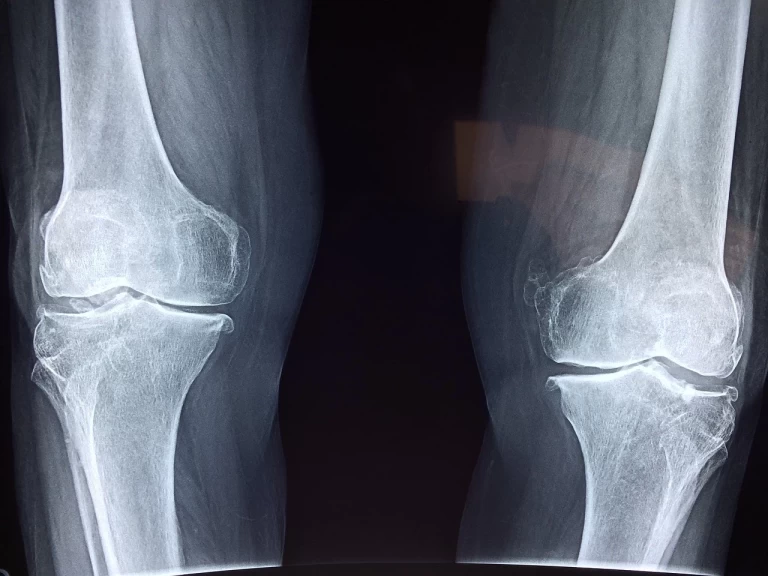Carpal tunnel syndrome is a common condition among individuals who type on a computer or complete repetitive motions on the job. The symptoms, which can range from mild to severe pain and numbness in the hand and wrist area, often result from overuse of our joints, muscles, and tendons. If untreated, carpal tunnel syndrome can restrict movement and make mundane daily tasks difficult or even impossible. Fortunately, there are preventative measures you can take to minimize your risks as well as treatments available to alleviate your symptoms. Chiropractic care offers safe and effective ways to address carpal tunnel syndrome while strengthening your hands and wrists for long-term health support.
What is Carpal Tunnel Syndrome and how do recognize the symptoms
Carpal Tunnel Syndrome (CTS) is a condition that affects the hand and arm. It occurs when the median nerve, which runs from the forearm into the hand, becomes compressed or squeezed. This can cause numbness, tingling, weakness, and pain in the hand, wrist, and forearm. Other symptoms may include difficulty gripping objects, dropping things, and muscle wasting. CTS is a common condition that affects millions of people around the world. It is important to recognize the symptoms early on, as leaving them untreated can lead to irreversible damage to the nerve. If you suspect you have CTS, it is recommended to consult a healthcare professional for proper diagnosis and treatment.
How improper workspace ergonomics can contribute to CTS?
Improper workspace ergonomics, particularly those related to the use of computer technology, can contribute to computer-related strain injuries(CTSI). This is a growing concern due to the increase in computer usage, particularly in office settings. Poor posture, improper desk or chair height, and repetitive tasking can all contribute to the development of CTSI. Common symptoms include pain, numbness, tingling, and weakness in the hands, wrists, and fingers. Fortunately, there are steps that can be taken to prevent or alleviate these symptoms, such as ergonomically designed equipment, frequent breaks, and proper posture. Taking action to address workspace ergonomics is not only beneficial to the individual's physical health but also to their productivity and overall work satisfaction.
Simple exercises and stretches that can help prevent CTS
Carpal Tunnel Syndrome, or CTS, is a common condition that occurs when the median nerve in the wrist becomes compressed, leading to numbness, tingling, and pain. However, there are several simple exercises and stretches that can help prevent CTS from developing or alleviate the symptoms. Some examples include wrist extensions, finger stretches, and wrist rotations. Additionally, regular breaks from repetitive motions and maintaining proper posture can also prevent CTS. By incorporating these easy exercises and habits into your daily routine, you can help protect yourself from this uncomfortable and potentially debilitating condition.
Chiropractic Care for CTS Treatment
Carpal tunnel syndrome, or CTS, is a condition that causes numbness, tingling, and weakness in the hand and wrist. It's caused by compression of the median nerve, which runs from the forearm to the hand through a tunnel in the wrist. Chiropractic care has been shown to be an effective treatment for CTS, as it focuses on improving the function of the nervous and musculoskeletal systems. Chiropractors use various techniques, such as adjustments, soft tissue therapies, and exercises, to reduce pain and other symptoms associated with CTS. They may also recommend lifestyle changes, such as ergonomic modifications or stretches to help prevent the progression or recurrence of CTS. Whether you're experiencing mild or severe symptoms, chiropractic care can provide a non-invasive, drug-free approach to treating CTS.
Benefits of Chiropractic Treatment for CTS
Thankfully, chiropractic treatment offers a non-invasive and effective solution to alleviate the symptoms of CTS. Chiropractors use a variety of techniques, including adjustments, stretches, and exercises to alleviate the pressure on the median nerve, which is the root cause of CTS. Besides providing relief from pain and numbness, chiropractic treatment can improve mobility and flexibility, allowing you to perform your daily activities with ease. With no surgery or medication involved, chiropractic treatment is a safe and natural way to get relief from CTS.
Tips on Setting Up Your Workspace Ergonomically to Reduce Risk of CTS
As more people shift to remote work, it's essential to make sure your workspace is set up correctly to avoid injury. One of the most common injuries we see from working at a desk is carpal tunnel syndrome (CTS). CTS occurs when the median nerve in your wrist is compressed, causing numbness, tingling, and pain. To prevent this, it's crucial to set up your workspace ergonomically. One helpful tip is to position your keyboard and mouse at the same level and angle, so your wrists are in a neutral position. Additionally, make sure your chair is adjusted correctly to support your back and shoulders. Remember, taking the time to set up your workspace correctly can save you from a lot of discomfort and pain down the line.
In conclusion, carpal tunnel syndrome is a condition that is associated with overuse of the joints, muscles, and tendons in the hand and wrist area. While there are many possible causes, including improper workspace ergonomics, there are steps you can take to reduce your risk of developing CTS. It is important to familiarize yourself with what CTS looks like so you can recognize when it may be happening and get the appropriate treatment you need if it occurs. Simple exercises and stretches can help strengthen your muscles and tendons to help prevent future injuries like CTS, but if treatment is necessary, chiropractic care has been found to be extremely beneficial for those suffering from this condition. By taking proper precautions such as setting up your workspace ergonomically and implementing regular workplace stretches, you can significantly reduce your risk of developing carpal tunnel syndrome while still maintaining an orderly environment.



